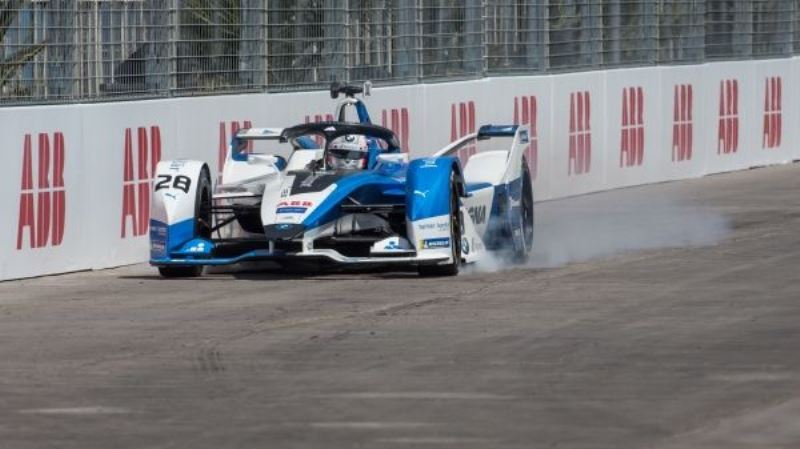
The BMW i Andretti Motorsport team is contesting its first season in the ABB FIA Formula E Championship. The engineers gain more experience with every race weekend and incorporate their new findings in the development of the BMW iFE.18 and the preparation for the next races. In our new series “Three lessons learned”, we present three of the findings made by BMW i Andretti Motorsport after each race – starting with last Saturday’s Santiago E-Prix.
1. No chance in qualifying group one.
António Félix da Costa (POR), winner of the opening race in Ad Diriyah (KSR), took to the track in the first of four qualifying groups in Santiago (CHL) – a fact that left him with no chance. The track conditions were so difficult that no driver in group one qualified higher than 13th. As of group two, which included Alexander Sims (GBR), conditions allowed faster lap times. Sims was able to match the pace of Sebastien Buemi (SUI), who set the fastest time in group two, in the first two sectors. Only in the third sector was there a substantial difference in times. Sims eventually qualified ninth. As the groups are decided by positions in the Drivers’ Championship, the best-placed drivers are faced with the most difficult conditions. This is intended to make the race even more exciting.
2. Heat plays a key role.
In Chile, the teams were faced with extremely hot conditions. During the race, the air temperature was approaching 40 degrees Celsius. This put the focus on the battery temperature. Thanks to a good energy management strategy, BMW i Andretti Motorsport was able to stick within the temperature limits of the Gen2 batteries. While energy is usually the restricting factor at Formula E races, this time it was the battery temperature in the heat of Santiago.
3. Precision is vital.
One particular challenge for the teams in Season 5 is adhering to the mandatory limits in a wide range of areas of the car – for example, energy consumption, battery charge level, brake temperatures and tyre pressures. High-precision work is vital, both from engineers and the drivers, as infringements and the slightest discrepancies are consistently punished with penalties.




































